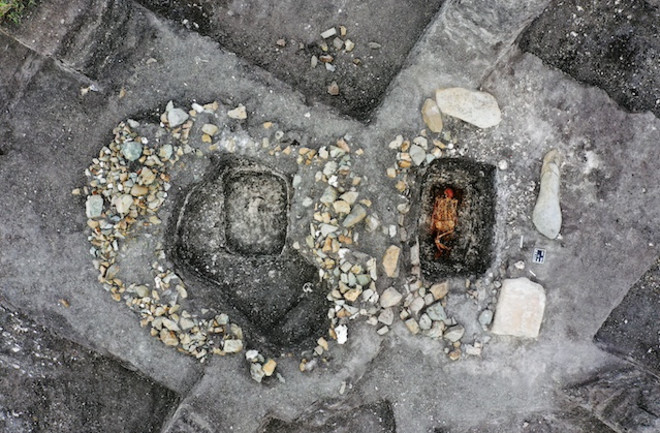Roughly 4,000 years ago, where the Romanian Plains border the Carpathian Mountains, mourners tucked a 30-something man into a tomb. Adorned with red pigment and faced toward the west, his body was buried in the typical fashion of the Yamnaya: within a sprawling mound of dirt.
Less typical was the wear and tear on the man’s skeleton, which bore signs of repeated horseback riding. While a healed sacral fracture hinted that the man had suffered a traumatic fall, mounting horses had left him with an arthritic spine, a roughened pelvis, and a pair of accentuated thighbones.
Now in scientists’ hands, this skeleton from the Strejnicu archaeological site, and other skeletons like it, have rewritten the history of horse riding. Pushing the origins of the practice back by over 1,000 years, the remains also explain the swiftness of ancient migrations that shaped the genetic and cultural fabric of Eurasia.
What are the Origins of Horse Riding?
At the beginning of the Bronze Age, between about 3200 and 2500 B.C.E., the Yamnaya people set off from their native territory, probably north of the Black and Caspian seas. Within a couple of centuries, it seems the nomadic herders had overrun lands spanning at least 3,000 miles from what is now Hungary to Mongolia. As they moved, they had offspring with locals and likely spread their language, potentially one of the first Indo-European tongues. Spoken by around 3 billion people today, the 400-plus languages within this family may trace their popularity to the Yamnaya.
Scholars have wondered whether horses aided the Yamnaya’s spread, some 1,000 years before the earliest convincing evidence of equestrianism, both written and illustrated. Animal bones from Yamnaya sites confirm they kept horses, and proteins trapped in tooth tartar show they drank horse milk. But having and riding horses aren’t one and the same.
How did Horses Help Migration?
Atop horses or not, the Yamnaya migrations were “one of the key moments that changed [the] culture and people of Eurasia,” says Volker Heyd, an archaeologist at the University of Helsinki. But because the Yamnaya rarely built permanent settlements, evidence for their expansion mostly comes from their burial mounds. “They are [some of the] only leftovers that we still see of this civilization,” says Heyd, who leads a European Research Council project investigating the Yamnaya’s influence.
As part of that project, biological anthropologist Martin Trautmann examined Yamnaya-era skeletons, stored in museums and other collections, to document their injuries and other traits. Early on, the Strejnicu skeleton stood out, displaying the distinctive wear-and-tear of regular horse riding. Suspecting others might too, Trautmann decided to search all the skeletons for signs of riding, including thickened and roughened hips, femurs, and spines, as well as broken bones from falls and other accidents. Between 2019 and 2022, he evaluated 217 sets of remains from across Romania, Bulgaria, Hungary, and Czechia.
Publishing the results in Science Advances in March 2023, Trautmann, Heyd, and colleagues reported about two dozen probable or possible riders, including five from Yamnaya sites and one from a pre-Yamnaya site, active before the Yamnaya’s arrival in Romania. The results suggest that some cultures had mastered horseback riding — “one of the big innovations of humankind” according to Heyd — by the third millennium B.C.E. Accelerating the exchange of people and ideas, the results help elucidate how the Yamnaya spread so far so quickly, altering Eurasian genes and cultures in their wake.
This story was originally published in our January February 2024 issue. Click here to subscribe to read more stories like this one.

